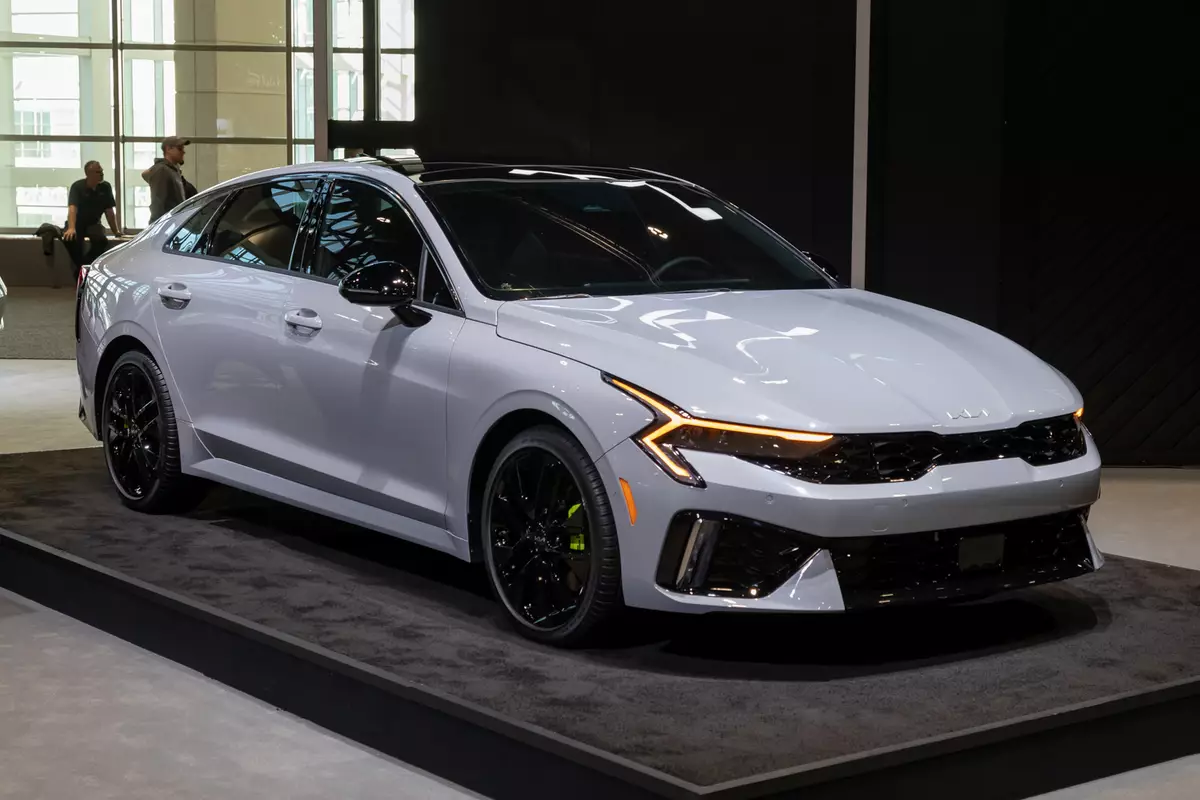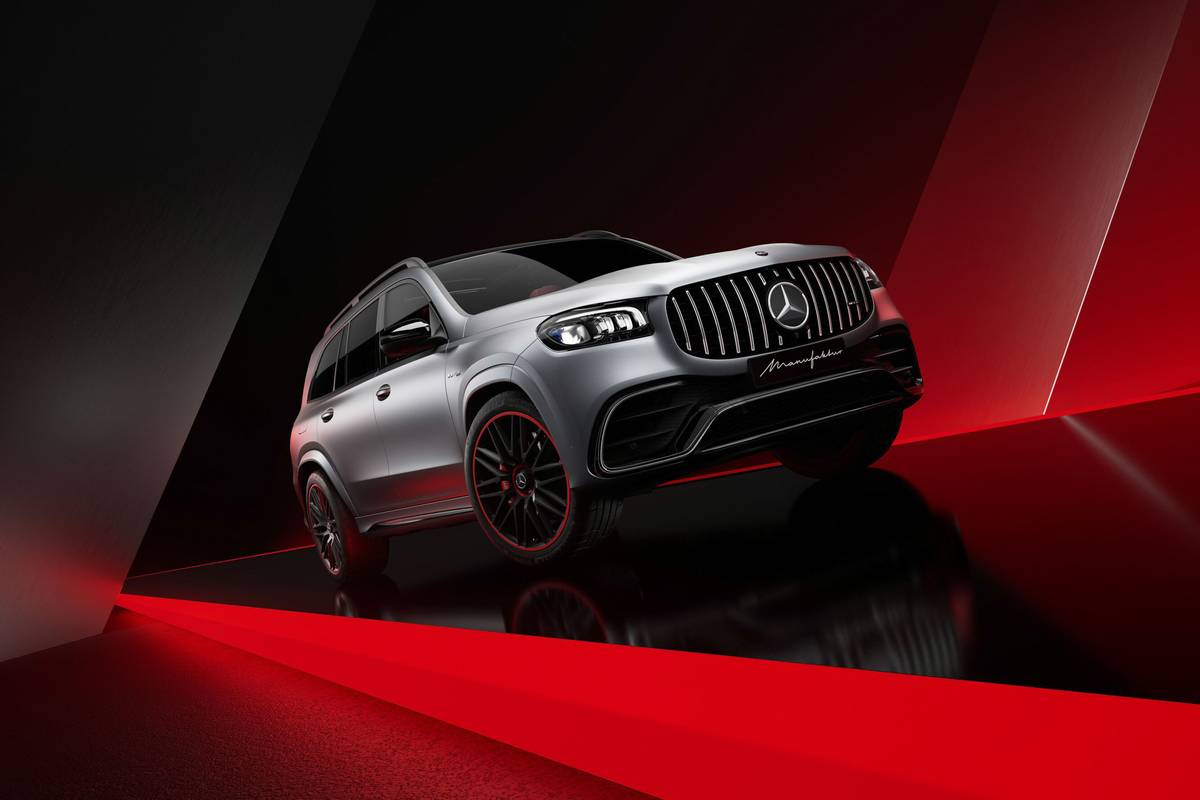Orlando Sentinel's view
Last summer, Ford introduced the 2002 Thunderbird at an event in California. After a couple days’ driving, it was time to leave. A colleague and I were taking a yellow Thunderbird, top down, to the Monterey airport, trying to decipher some cryptic directions.
As we were sitting at a traffic light, a woman driving a new Lincoln pulled up next to us, rolled down her window, and began asking questions about our car. Apparently well-off, in her mid-30s, we guessed, she is precisely the sort of person Ford wants as a Thunderbird owner.
As the light turned green, I asked her if she knew where the airport is.
“Follow me,” she said. “I’m driving right by it.”
So we followed her, in a direction that did not seem to jibe with our hand-drawn map. In five minutes, we were at the airport.
“You know,” said my colleague, “if we were driving a Ford Focus, we’d still be looking for the airport.”
That’s the Thunderbird: A friendly pastel-colored ambassador, guaranteed to win friends and influence enemies. I thought so then, and a week with an “Inspiration Yellow” T-bird did nothing to change my mind. It does not demand attention, the way a Dodge Viper does, but it gets it nonetheless, the way a demure starlet slips quietly into the room, and suddenly dominates it.
The Chrysler Prowler does that. But the difference is, you can actually use the Thunderbird for transportation.
This is a surprisingly good car, considering that any vehicle with this striking styling, and this legendary history, would sell. It is especially surprising since the Thunderbird is largely what manufacturers call a “parts bin” car, built partially from parts that are already used on other cars. Even a company as large as Ford would have trouble justifying the expense of building a niche car like the Thunderbird from whole cloth. By sharing parts, costs are spread over several models, not just one.
About 65 percent of the Thunderbird exists elsewhere. The 3.9-liter V-8 engine and the five-speed automatic transmission are borrowed from the Lincoln LS. The rear suspension is from the Jaguar S-Type. Various other bits and pieces were designed for something else, and adapted for the T-bird.
The good news, though, is that it doesn’t look or feel like a parts-binned car. As suggested, this is a far better car than it has to be. That gutsy little 260-horsepower V-8 engine has an appropriately muted snarl, and benefits dramatically from the world-class, five-speed automatic transmission. No manual is offered. Fuel economy is 17 mpg in the city and 25 mpg on the highway, but we bettered that by about 2 mpg on highway stints.
Handling is crisp, and the ride is much more comfortable than you’d expect. Still, this is no sports car, nor does Ford bill it as such. The T-bird’s style, Ford advertising copywriters suggest, is “relaxed sportiness.” It’s quick, but a base-model Chevrolet Corvette, with its additional 90 horsepower, will leave a Thunderbird in the dust.
Inside, the l eather-trimmed T-bird seats – with yellow inserts and yellow trim on the steering wheel, as part of an $800 “Full Interior Color Accent package” – are exceptionally comfortable, around town or on trips. Though this is a fairly large car at a length of 186.3 inches, about the same as a Honda Accord coupe, there is no rear seat, but there is a little storage space back there. There’s 6.7 cubic feet of trunk space, but it’s very shallow.
The convertible top comes down by flipping a lever above the rear-view mirror, then you just press a button. A color-matched hardtop, complete with a porthole as a salute to the 1955-57 Thunderbird models that inspired this design, costs about $2,500.
The test car was a “Premium” model, which adds traction control and chrome wheels over the base “Deluxe.” The only other option was the interior color package. The bottom line, then, was a very reasonable $37,295.
If only you could buy one for that. As occurred with the first Mazda Miatas and Chrysle T Cruisers, early Thunderbirds are going for, typically, above sticker price. Edmunds, the online buying guide (www.edmunds.com), suggests that the going rate for our $37,295 T-bird is about $47,600.
And you know what? I have no problem with that. Ford hasn’t had much that can sell for even close to sticker price lately, and we expect dealers to give us big discounts on cars that aren’t moving. If they want to price a Thunderbird above sticker for those who just can’t wait, fine. But be aware that if you can wait, the price will go down, and soon. After all, Ford can crank out about 500 cars a day.
At any price, a tip of the hat to the people responsible for the Thunderbird. In a year where Ford has suffered from one bad-news story after another, it’s a genuine bright spot.
Latest news



